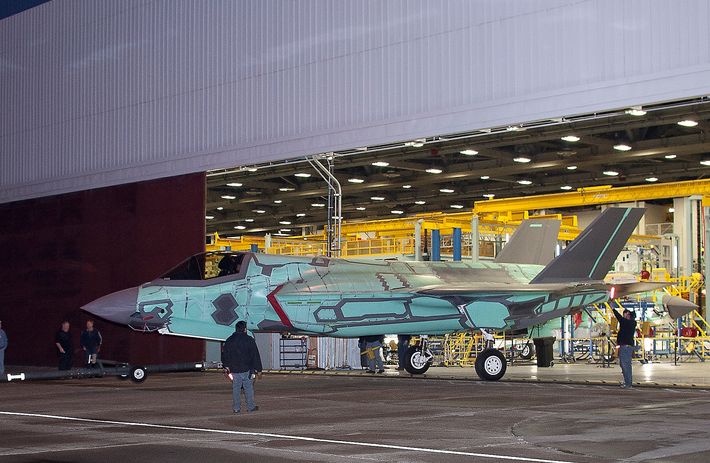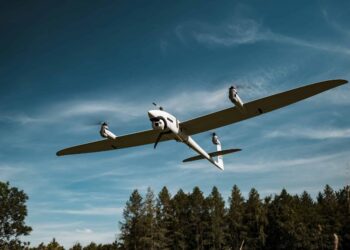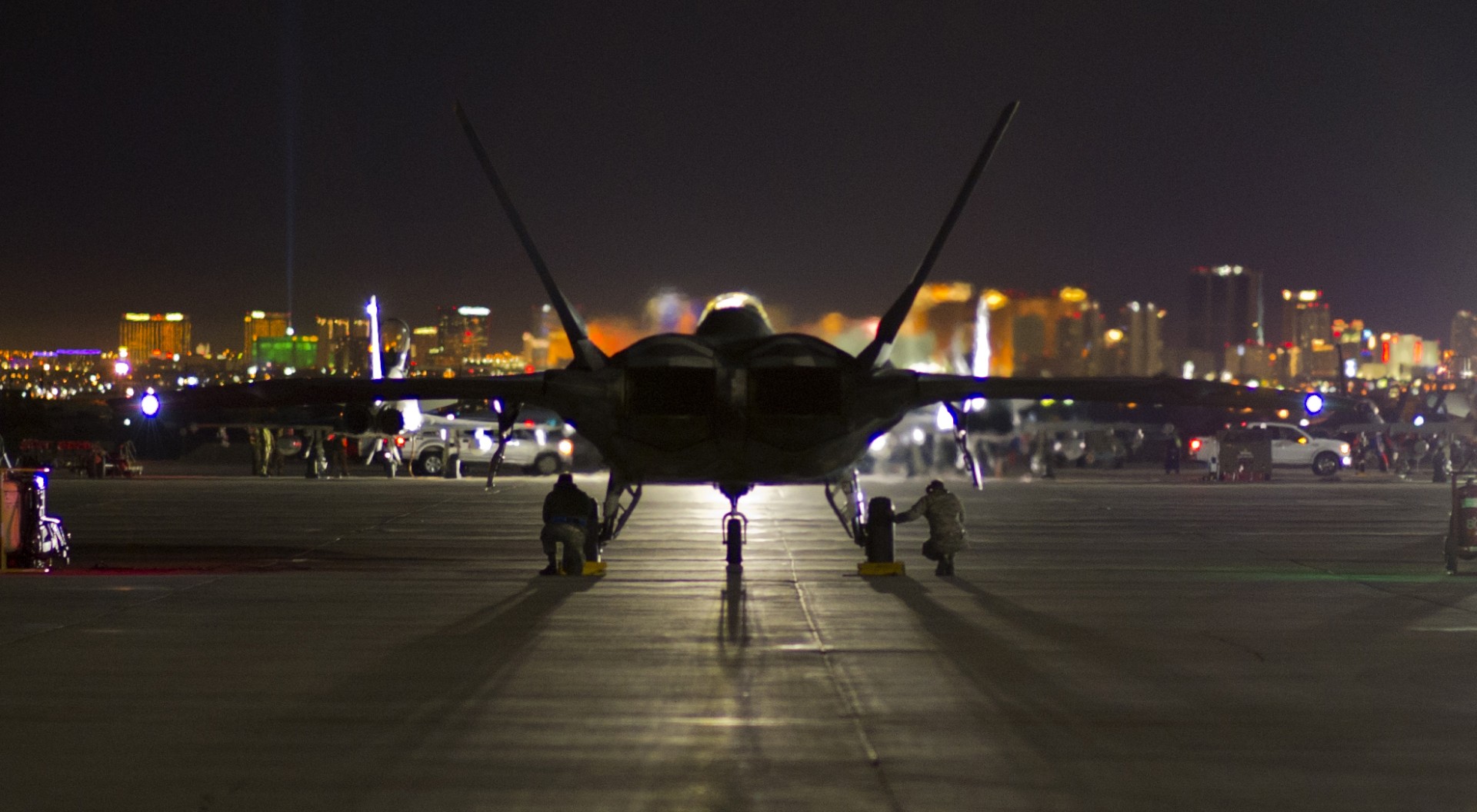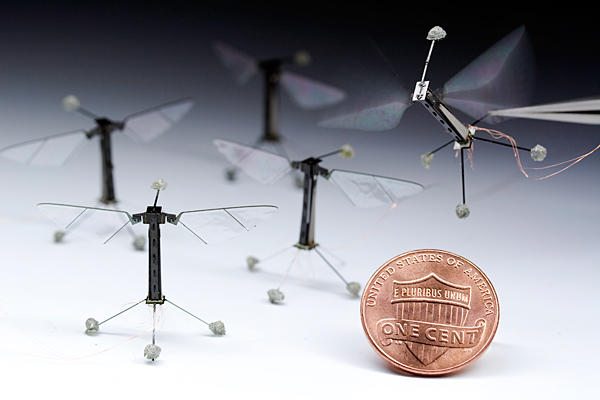Despite incessant technical problems and delays, the US military has no plans to cancel the new F-35 fighter jet, the costliest weapons program in Pentagon history.
The Joint Strike Fighter has been touted as a technological wonder that will dominate the skies but it has suffered one setback after another, putting the project seven years behind schedule and $167 billion over budget.
As the Pentagon prepares to unveil its proposed budget for 2015, the program’s survival is not in doubt but it remains unclear how many planes will be built in the end and how many foreign partners will be willing to buy it.
Why has the F-35 program reached the point of no return?
After more than a decade since it was launched, officials insist there is no going back on the program, as the plane is supposed to form the backbone of the future fighter jet fleet.
The US Air Force and the Marine Corps have not invested in an alternative, having put all their eggs in the F-35 basket. The Navy, in theory, could bail out if it wanted and opt to buy more F-18 jets, but it is under intense pressure to keep in line.
The project has become “too big to fail,” said Gordon Adams, a professor at American University and former White House official.
The F-35 enjoys broad backing in Congress, as contractor Lockheed Martin has spread the work for the plane across 45 US states.
Foreign allies also have committed to the program, and Washington has promised to deliver a game-changing plane.
How much does it cost?
As a one-size-fits-all plane, and with US allies invited to take part, the program originally was touted as a money-saving idea.
But the program’s costs have snowballed, for an estimated 68 percent increase over its initial price tag. The Pentagon now plans to spend $391.2 billion on 2,443 aircraft, with each plane costing a staggering $160 million.
When taking into account the cost of flying and maintaining the F-35 over the course of its life, the program could surpass a trillion dollars, according to the Government Accountability Office.
Why is the F-35 touted as a “revolutionary” warplane?
The aircraft is billed as the ultimate stealth attack plane, with a design enabling it to evade radar detection.
When the F-35 confronts an adversary in the air, the enemy plane “will die before it even knows it’s even in a fight,” Air Force chief General Mark Welsh told CBS television’s “60 Minutes” show.
Equipped to fly at supersonic speeds and outfitted with elaborate software, the F-35 resembles a flying computer. Through the visor of a hi-tech helmet linked up with cameras on the plane, the pilot can see through the floor of the cockpit to the ground below — providing the pilot an unprecedented 360-degree picture.
Why is the program behind schedule and what is the effect of the delays?
The aircraft will not enter into service before 2016, ten years after its first flight.
The main cause of the delay was a decision to start building the plane before testing was finished. As a result, bugs and other technical glitches keep forcing repairs and redesign work, slowing down production.
The 24 million lines of code for the plane’s software have posed a persistent headache, and the jet has yet to attain the level of performance and reliability expected.
On Friday, the program office acknowledged to AFP that the F-35B, the short-takeoff variant for the Marine Corps, suffered cracks in its bulkheads during stress tests. As a result, the durability tests have been suspended and the plane may have to be modified.
Like other weapons programs in the past, the technical problems are driving up the cost of each plane, and that is forcing Washington to scale back the number of aircraft it will buy.
The Pentagon already has announced plans to purchase only 34 of the jets in fiscal year 2015, instead of the 42 originally planned.
What countries plan to buy the aircraft?
Apart from the United States, eight countries are taking part in the program: Australia, Britain, Canada, Denmark, Italy, the Netherlands, Norway and Turkey.
Israel has expressed an interest in the plane, as has Japan, South Korea and Singapore.
Some governments have ordered their first aircraft but with the cost of each plane rising, purchase plans remain tentative.











